Can Planets Collide In Space?
♦ Why Does the Moon Affect the Tides Though It is 384,000 KM from Earth
 |
| Will the planets collide? |
| Contents |
Can Planets Collide?
In the space near the solar system, the stars are on average more than 10 light years apart and they all move according to a certain law. The sun, like all the stars in the galaxy, moves around the center of the system according to its own laws, not chaos. Therefore, it is very unlikely that the stars will collide.
The other planets in the solar system are also very far away, and because of the gravitational pull of the sun, they all have a stable orbit. Therefore they have no chance of clashing with the blue planet.
According to calculations by scientists, in the galaxy system, on average, about one billion billion years, an interstellar collision occurs. However, the probability that comets collide with the planet is much more frequent.
| In space near the solar system, stars are on average more than 10 light-years apart. Moreover, they all move according to a certain law. The sun, like all the stars in the Milky Way, moves around the center of the system according to its own law, not chaos. Therefore, it is very unlikely that stars in the Milky Way will collide with each other. |
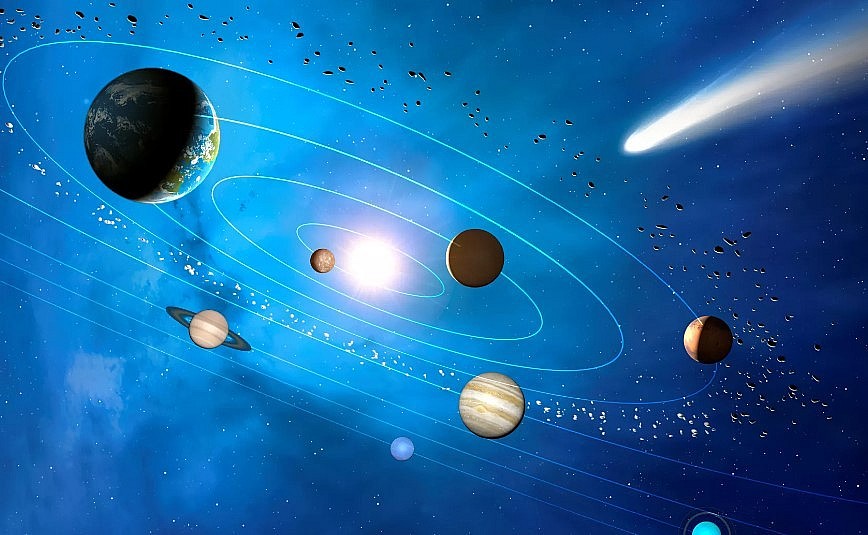 |
| Planets have the ability to collide with each other but very rare |
Possibility of Earth Colliding with Other Planets
If the earth is very close to the other planets and they move in opposite directions, the possibility of collisions is very likely. But in reality, the earth and planets all rotate in certain orbits, making that impossible.
The moon is the closest celestial body to the earth, 384,000 km from us. The distance between the sun and the earth is 149.6 million kilometers. The other planets in the solar system are also very far away, because of the gravitational pull of the sun, they all have a stable orbit. Therefore, they have no chance of clashing with the blue planet.
The other stars in the universe are even farther from the earth. Biling star is the closest, 4.22 light-years from Earth, which means that from this star to Earth, light must "sluggish" takes several years.
♦ What Would Happen If Planetary Collision?
Are the Planets Near the Ecliptic?
When we look up at the sky, we see the sun always moving east. This path of it is called the ecliptic. In fact, the ecliptic is the circle created by the infinitely expanding orbit of the earth crossing the hypothetical cosmic sphere...
According to the above principle, what makes the planets "love" the ecliptic has to do with their orbits. In fact, the orbits of 9 planets around the sun, although they are crisscrossed, the difference is not much. If the orbit of the earth is taken as a standard for comparison, the difference in orbits of the other planets is as follows (from inside to outside):
- Mercury: 7 degrees 0 minutes
- Venus: 3 degrees 24 minutes
- Mars: 1 degree 51 minutes
- Jupiter: 1 degree 18 minutes
- Saturn: 2 degrees 29 minutes
- Uranus: 0 degrees 46 minutes
- Neptune: 1 degree 46 minutes
- Pluto: 17 degrees 9 minutes.
Thus, except for Pluto which is too far away, the other planets differ at most by no more than 8 degrees, which means their positions are hardly far from the ecliptic.
The Difference Between a Planet and a Star
The main difference between stars and planets is that stars have high temperatures compared to planets. Stars undergo nuclear reactions, which burn hydrogen in their cores, releasing huge amounts of energy.
To be hot enough for these reactions to take place, stars need to be extremely massive. They must be at least 75 times more massive than Jupiter, the largest planet in the Solar System. Because stars radiate energy, they are very bright objects.
Whereas planets do not generate their own energy through nuclear reactions. They reflect some of the radiation coming from their parent star.
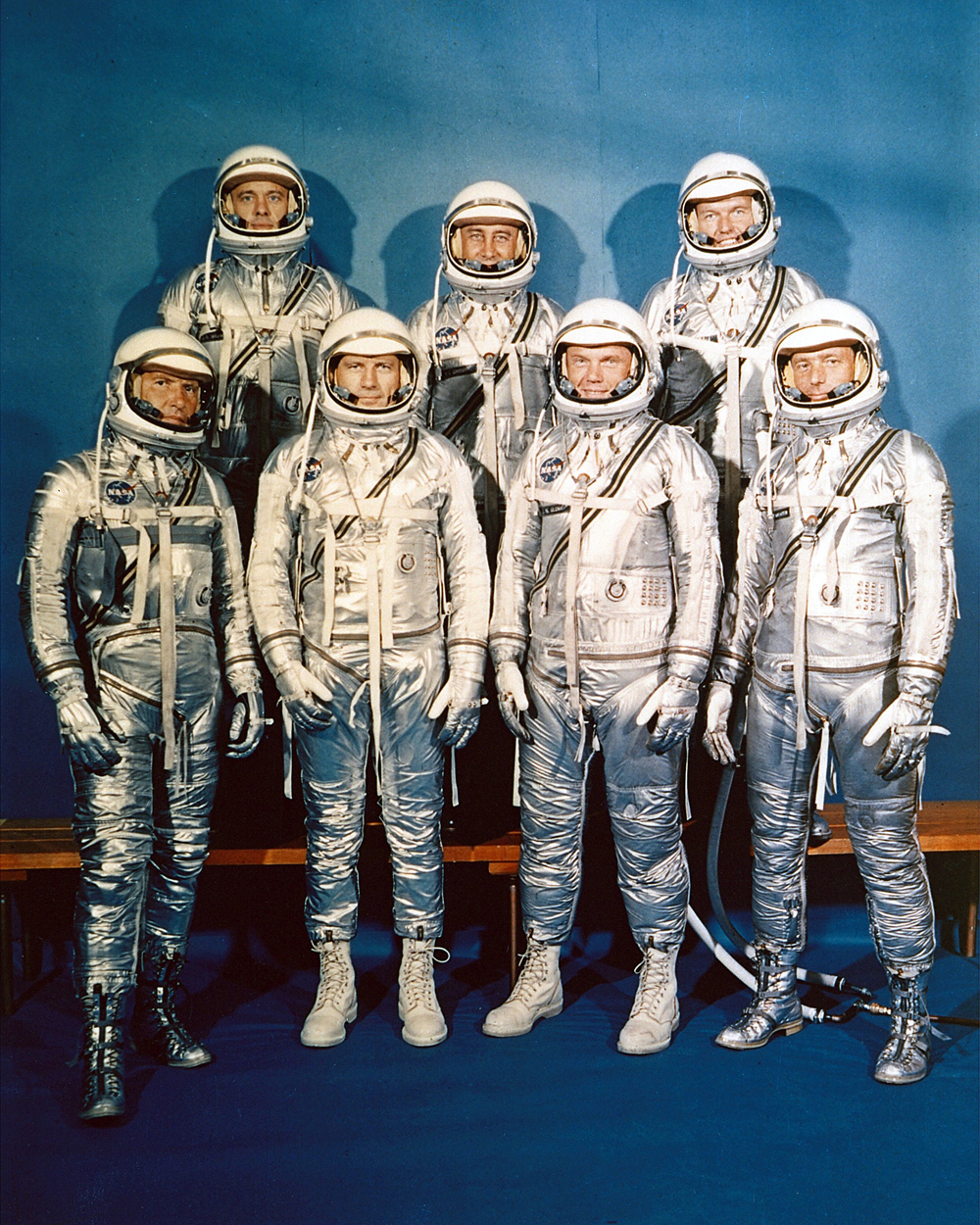 What Is The First Spaceship In The US? What Is The First Spaceship In The US? After the success of Russia's Sputnik flight, America made the first leap with Project Mercury, and Mercury being the first spaceship flying into the space. ... |
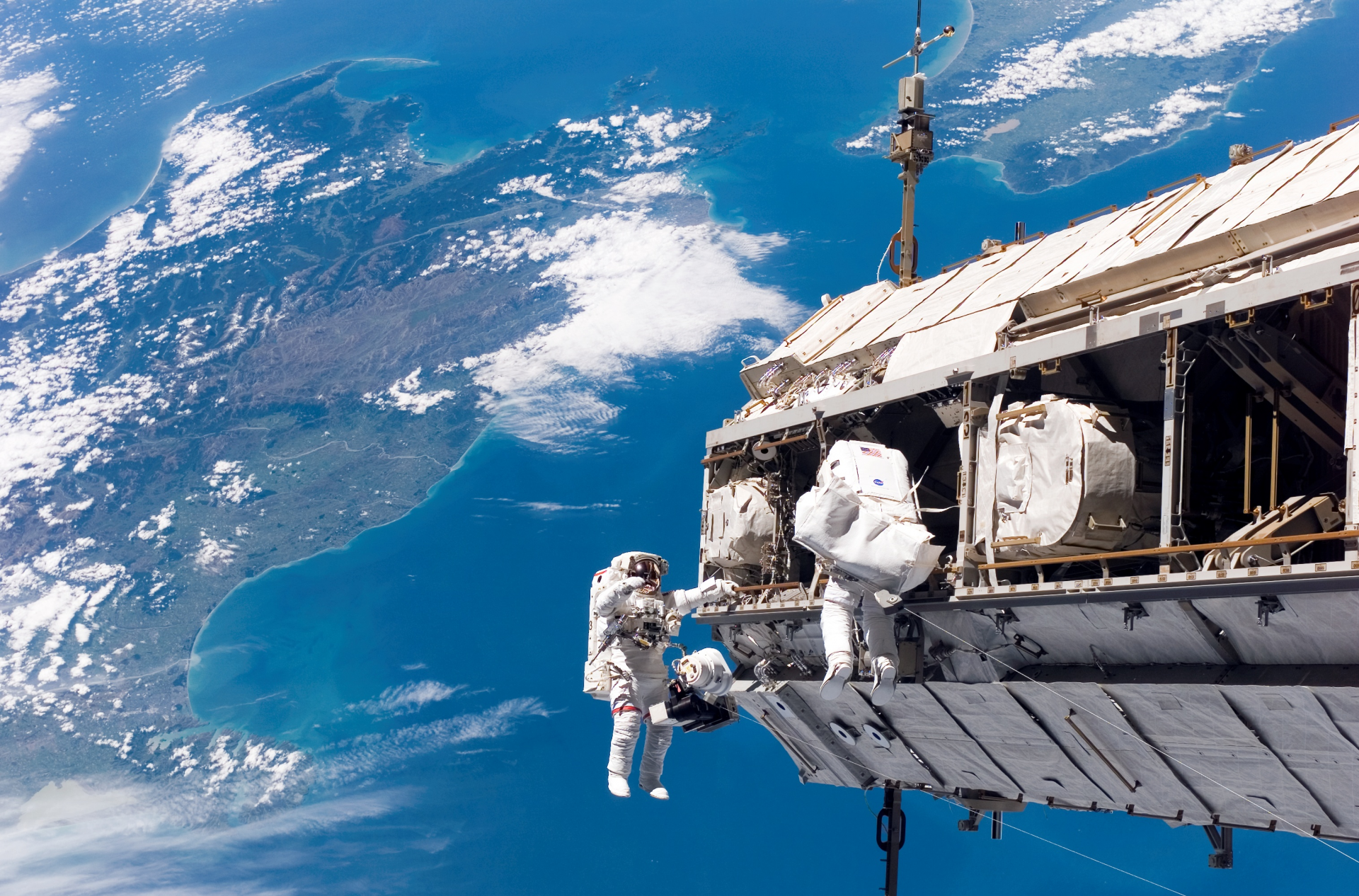 What Is The First Spaceship In The World? What Is The First Spaceship In The World? Flying into space was one of important missions that human has completed. Let's take a look at the history of spaceflight, and the first spacecraft ... |
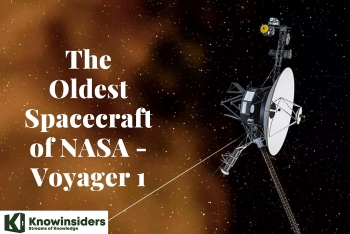 What is the Oldest Spacecraft of NASA - Voyager 1 What is the Oldest Spacecraft of NASA - Voyager 1 First launched in 1977, the Voyager duo is NASA's longest-running mission. |
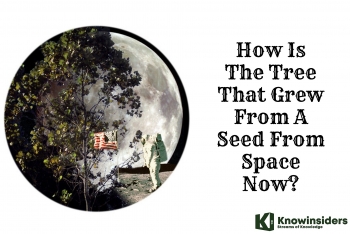 Where Are the Apollo 14' 'Moon Trees' on Earth Today? Where Are the Apollo 14' 'Moon Trees' on Earth Today? In the 70s, humans had a bold idea when carrying seeds on a space trip, and then returning to plant them on Earth. |























